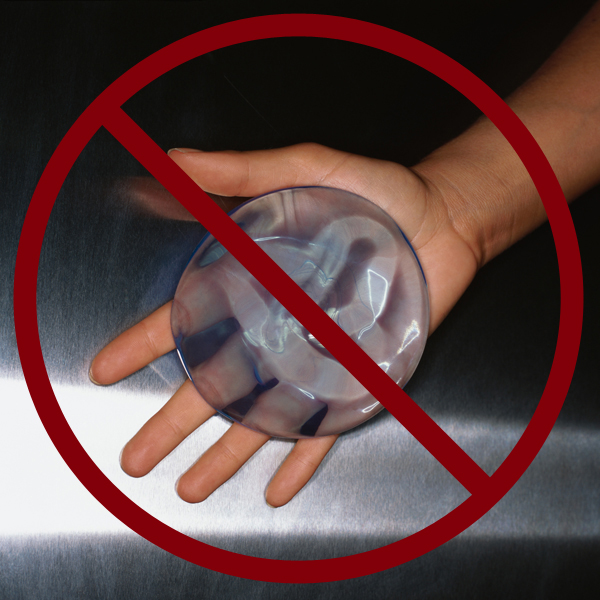The Future of Breast Implants
 Photo via Thinkstock
Photo via Thinkstock
When natural breast implants popped up on lists of 2013’s biggest health trends, we were curious: Rounder breasts sans elastomer shells filled with saline or silicone? Too good to be true?
The procedure, commonly known as fat grafting, involves harvesting fat from your body—generally from the abdomen or thighs—through liposuction, then inserting it back into the chest. “I do not think this will replace breast implants,” Samuel Lin, a plastic surgeon at Beth Israel Deaconess Medical Center and assistant professor of surgery at Harvard Medical School, says of the method, which is mainly used in conjunction with implants during reconstructive surgery.
Women, however, are starting to ask for fat grafting on its own. “Fat grafting for primary breast augmentation is edgy,” Lin says. “If you do breast augmentation fat grafting on a twentysomething woman, the jury is still out. Down the road, will it form cysts? Does a mammographer know what that is going to look like?”
The process, meanwhile, isn’t as simple as taking fat from other areas of your body and putting it into your breasts. The Brookline-based plastic surgeon Michael Tantillo, who does both breast implants and fat grafting, says that there is a lot of prep work involved—like wearing a suction-cup-like device on each breast for at least 12 hours a day for the three weeks leading up to surgery. Beyond that, many people don’t have enough flub available for more than a modest increase.
Still, it’s an emerging option for women who want to up their cup size without synthetics.


